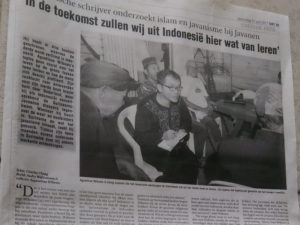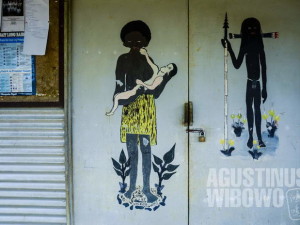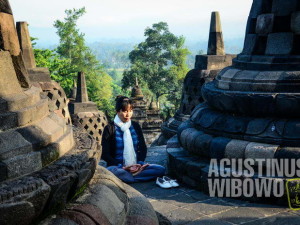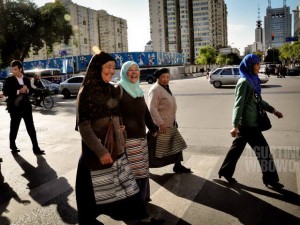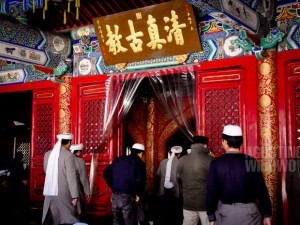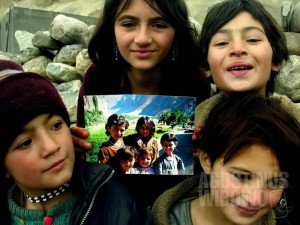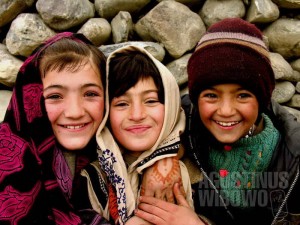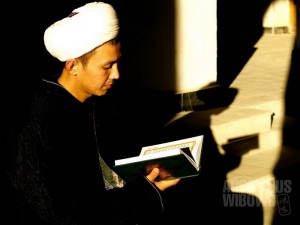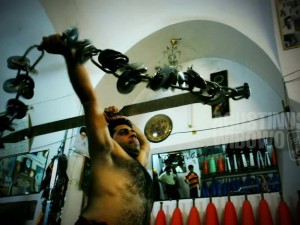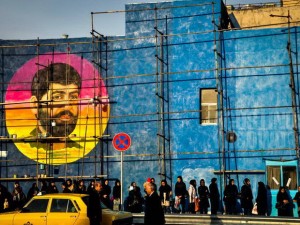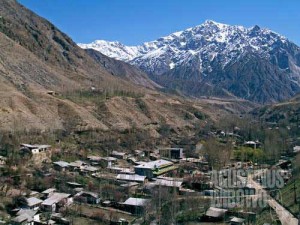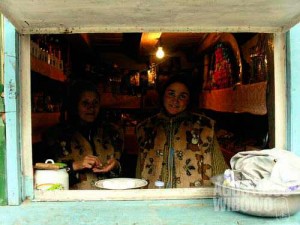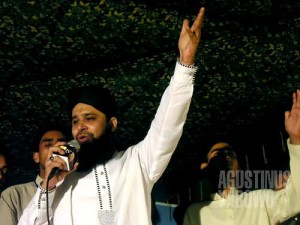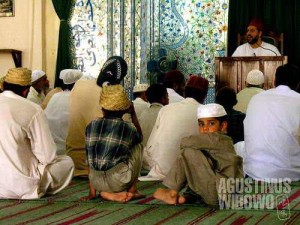Penulis Indonesia Meriset tentang Islam dan Jawanisme di Kalangan Orang Jawa
Wawancara dengan surat kabar Suriname, De Ware Tijd (DWT) mengenai riset saya tentang agama-agama Islam dan Jawanisme (Kejawen) di kalangan diaspora Jawa di Suriname. Orang Jawa Muslim Suriname terdiri atas dua golongan utama, yaitu yang salatnya menghadap ke barat (Islam madep ngulon) dan yang menghadap ke timur (Islam madep ngetan atau ngiblat). Dalam beberapa dekade terakhir, muncul agama baru di tengah konflik antara dua golongan Muslim ini, yaitu agama Jawanisme. Artikel ini diterjemahkan dari bahasa Belanda. Teks Charles Chang De Ware Tijd (Suriname), Rabu 21 Juni 2017 Dia telah menulis tiga buku, dan buku ketiganya akan difilmkan di Indonesia. Topik-topik tulisan Agustinus utamanya adalah tentang kehidupan di daerah perbatasan negara dan bagaimana orang-orang hidup dengan garis batas. Pencariannya untuk jawaban bagi buku keempat membawanya ke Belanda, di mana sebagai seorang Indonesia dia otomatis berhubungan dengan diaspora Jawa Suriname. Ketika dia mendengar tentang Islam-hadap-barat dan Islam-hadap-timur di Suriname, dan juga tentang makna Jawanisme (agama Jawa), dia menjadi sangat tertarik. Selama dua bulan risetnya di Suriname, dia telah membuat sejumlah penemuan yang menakjubkan. “Itulah indahnya menjadi seorang penulis perjalanan, karena pekerjaan ini membuat kita bisa menjawab pertanyaan-pertanyaan dalam diri kita,” kata Wibowo (35) tentang pekerjaannya. Sebagai seorang sarjana ilmu komputer, ini adalah [...]

